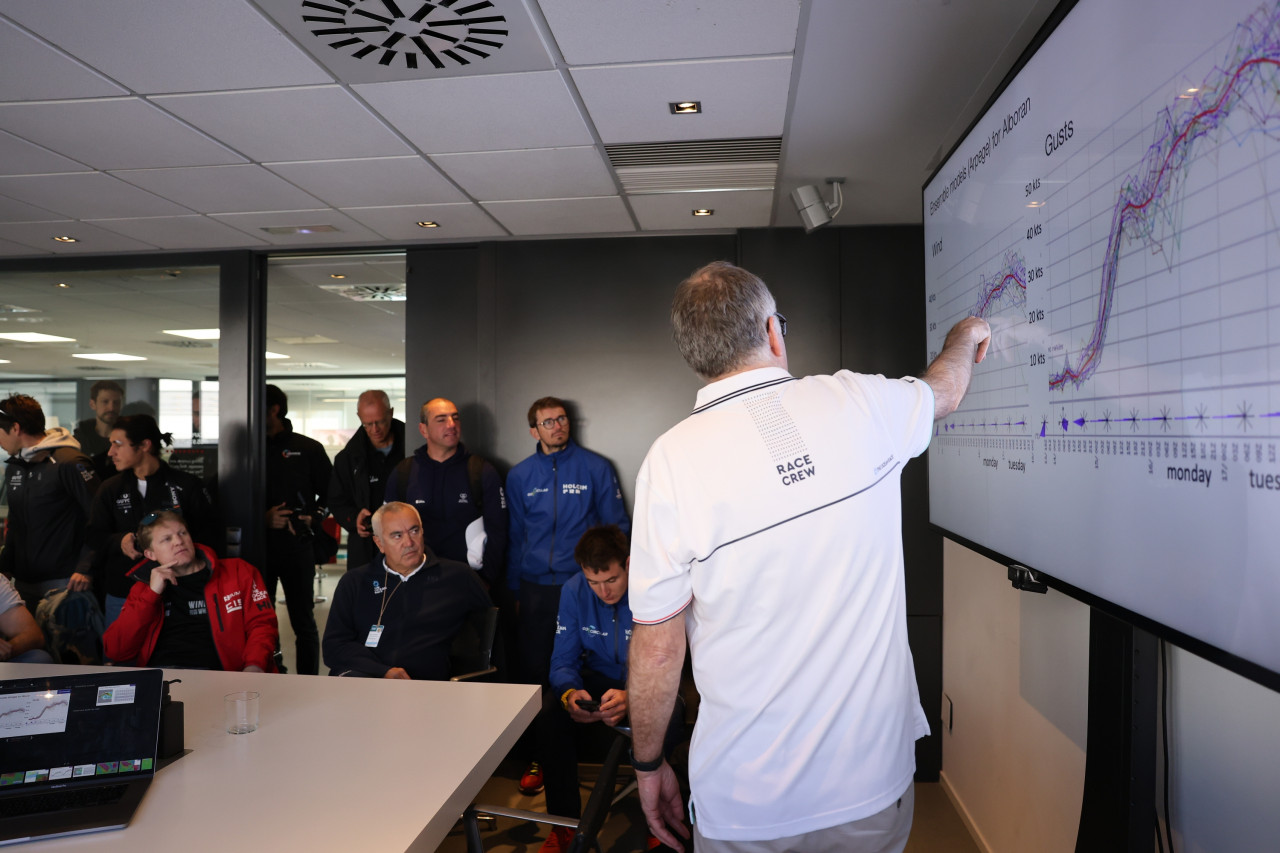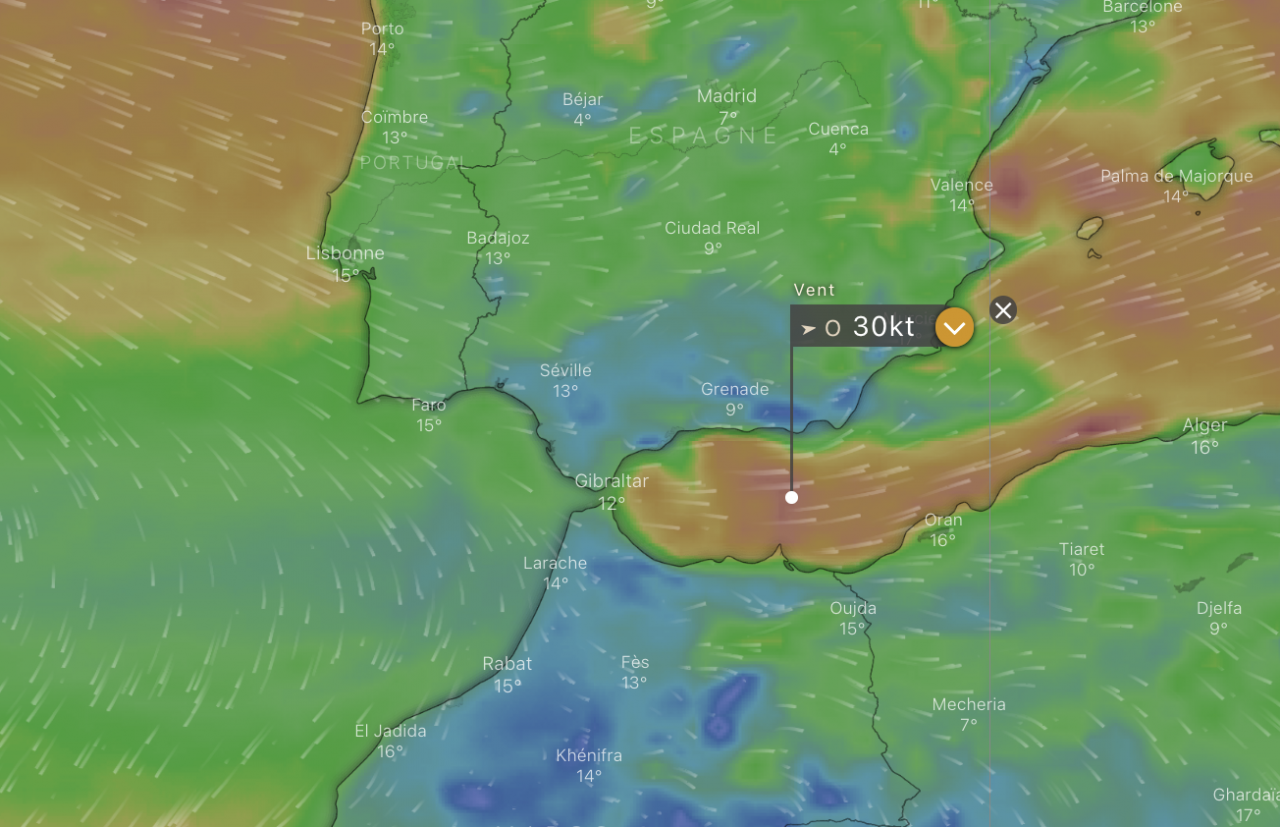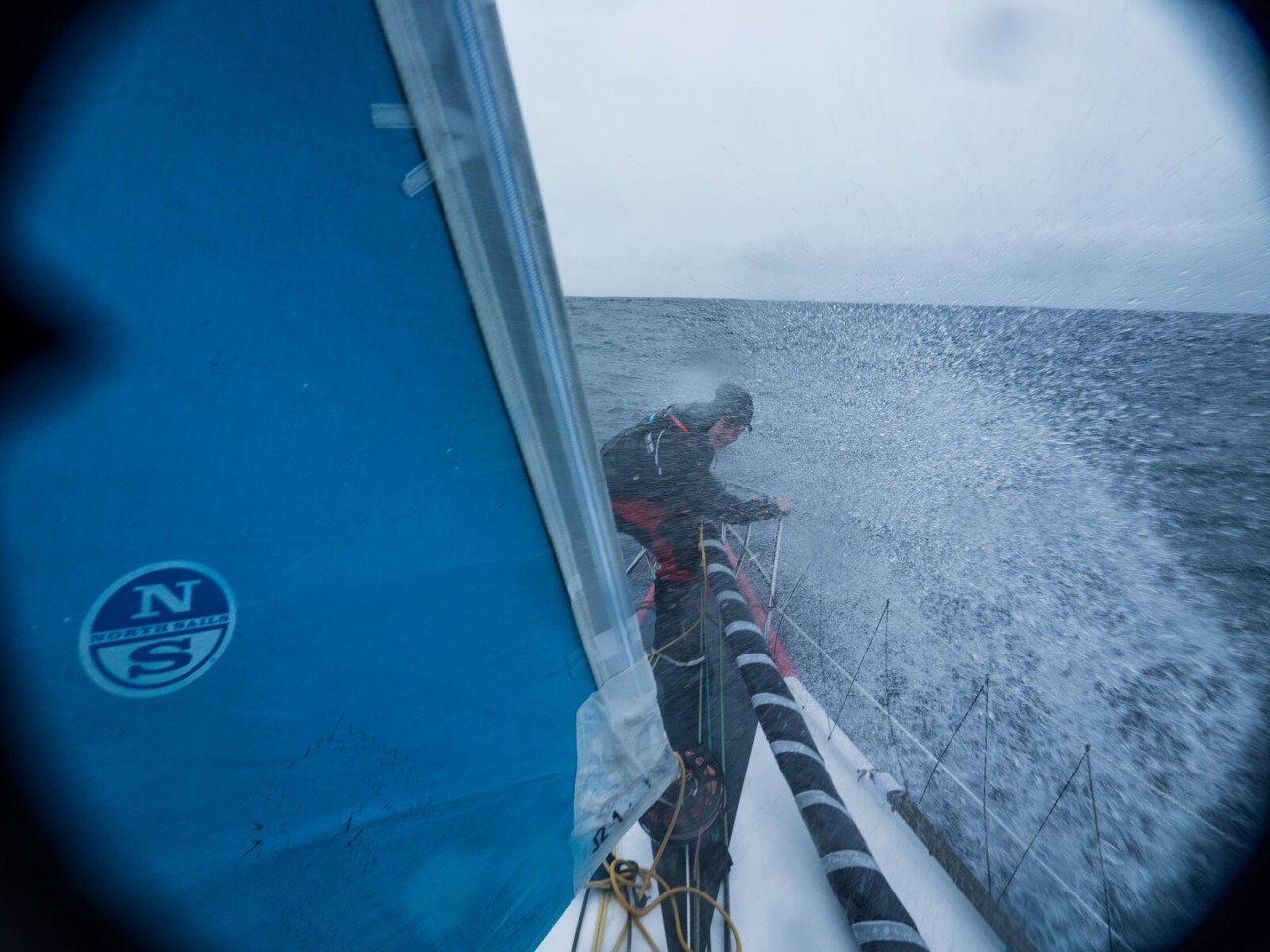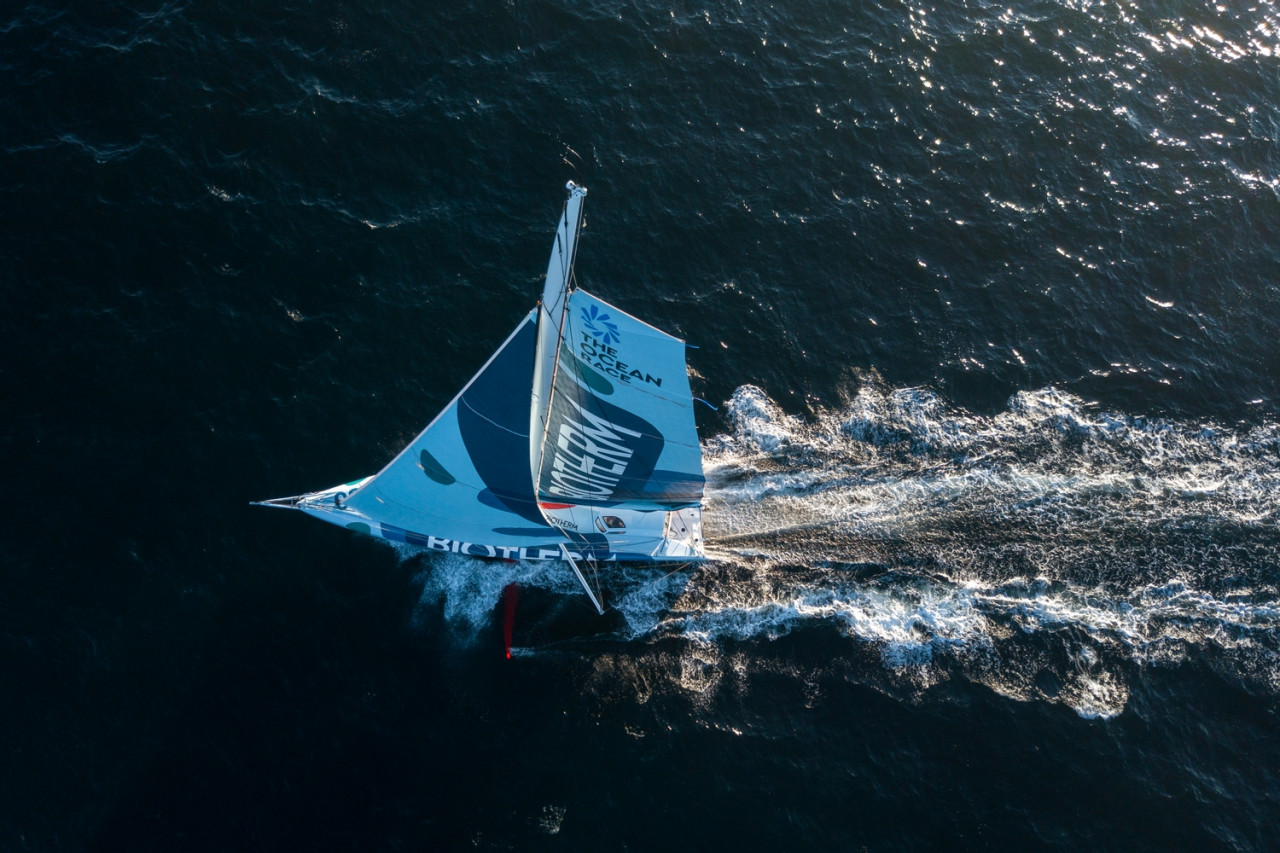IMOCA crews face full-on test in the first leg of The Ocean Race

The five IMOCA crews taking the start of the 14th edition of The Ocean Race can expect an action-packed first leg when they set sail today, with everything from tough upwind conditions and super-fast downwind sections out on the Atlantic.
The five-day, 1,900-nautical mile leg from the Spanish resort of Alicante on the Costa Blanca to Mindelo on the northwest tip of the Cape Verde archipelago, is going to test boats and crew alike, as they experience the first competitive action in the modern IMOCA Class in fully-crewed mode
The start this afternoon, which will attract thousands of spectators on shore and at sea, is likely to take place in easy conditions, with about 15 knots of breeze from the northwest, which will be ideal for the foilers to make a smart getaway.
As the crews settle in during their first afternoon and evening at sea, the breeze will build from the northwest as they head down the Spanish coast towards Cabo de Gata. It will be there that they tackle the first transition zone of this 32,000-mile, seven-leg race; the breeze will die and is then expected to set in from the west when the first big test of this race will begin.

The passage from Cabo de Gata to the Strait of Gibraltar will see the breeze steadily build, with the IMOCAs going hard on the wind, as they fight to get out of the Mediterranean and into the Atlantic. “The wind is going to increase from the west and could get quite strong during Monday. It could be about 25-30 knots, with gusts up to 40 knots and they will be beating into that,” said Christian Dumard, the weather consultant for The Ocean Race. “The sea-state will be 2.5 metres to start with,” he added, “but then it will increase to more than three metres when they will be quite close to Gibraltar.”
These early stages in this race can be extremely stressful on boats and crew – it was in the first 24 hours of this race in 2011-12 that Ian Walker’s team on Abu Dhabi suffered a dismasting – so we can expect to see the IMOCA teams taking it steady as they make sure they complete the trip through the Strait.
“The first start of this race is going to be quite tough for us in IMOCA,” summarised Nico Lunven, navigator with Team Malizia. Speaking after the final crew weather briefing at the team base on the dockside in Alicante, he said discussion had centred on how to tackle the headwinds after Cabo de Gata. “We were talking about going closer to the coast – how to find the right balance between performance and boat preservation. Probably the sea conditions will be easier closer to the shore and there may be some wind shadow too, so less waves.”

In these early stages there will be precious little time for rest as the crews keep their eyes out for commercial traffic, fishing vessels, fish farms and lobster pots, plus making sure they sail the correct course through Traffic Separation Schemes. At the Strait – which the leading IMOCAs should reach early in the morning of Tuesday – there will be some tidal effects as well.
“The current will be against them, but it will be flowing in the same direction as the wind, so the sea state should be OK at that stage,”said Dumard. “Depending on timing, there will be tidal effects – anything between zero and 2.5 or three knots of current pushing east, but the wind should have ceased by then.”
Once out in the Atlantic things change rapidly as the upwind conditions are replaced by fresh northwesterly winds, giving the IMOCA crews a fast reach to the west and southwest, with the boats expected to leave Madeira to starboard and then the Canary Islands to port, as they turn their bows south.
There will be a swell from the north, but this is going to be a fast passage. “After the Strait, it is going to be fast and it’s going to get warmer…it should be ideal conditions for the IMOCA fleet, with a lot of reaching and in those conditions they should be very fast,”said Dumard. Lunven concurs. “Once in the Atlantic, it is probably going to be fast – we are hoping for good foiling conditions, with average speeds in the mid-20s,” he said.

This race has been notorious in the past for slow leg finishes in the lightest of breezes but, at this stage at least, it looks like that will not be the case for the first leg of the 2023 edition. The IMOCAs are expected to carry the northeast trades right up to the finish and are not likely to be affected by wind shadow from the island, unless the forecast breeze fails to materialise.
So this is going to be a full-on opening to this classic race which will be watched closely in Brittany and elsewhere in the offshore sailing world. The crews will have their hands full and will get their first taste of how hard their rivals are prepared to push when wind and sea conditions are on the limit. Lunven indicated that on Team Malizia it will be all hands to the pump for the first 36 hours or more.
“For sure, the first two days are going to be hard,” he said. “We are expecting the watch system will really start, only after we pass Gibraltar.”
Ed Gorman
The Ocean Race 2022-23 IMOCA Leg 1 crew list
11th Hour Racing Team (USA)
Charlie Enright (USA) Skipper
Simon Fisher (GBR)
Jack Bouttell (AUS/ GBR)
Francesca Clapcich (ITA) A
Amory Ross (USA) - OBR
Biotherm (FRA)
Paul Meilhat (FRA) - Skipper
Anthony Marchand (FRA)
Amélie Grassi (FRA)
Damien Seguin (FRA)
Ming Hao (CHN) - OBR
Team Holcim - PRB (SUI)
Kevin Escoffier (FRA) - Skipper
Sam Goodchild (GBR)
Tom Laperche (FRA)
Abby Ehler (GBR)
Julien Champolion (FRA) - OBR
Guyot environnement - Team Europe (FRA/ GER)
Benjamin Dutreux (FRA) - Skipper
Robert Stanjek (GER)
Annie Lush (GBR)
Phillip Kasüske (GER)
Charles Drapeau (FRA) - OBR
Team Malizia (GER)
Boris Herrmann (GER) - Skipper
Will Harris (GBR)
Rosalin Kuiper (NED)
Nicolas Lunven (FRA)
Antoine Auriol (FRA) - OBR
Teams info
Lunven and Soudée on the dockside in Lorient: preparing for a classic north Atlantic passage
Once again La Base marina in Lorient, Brittany – the main home of the IMOCA fleet – is a hive of activity as 33 boats and their skippers prepare for the daunting challenge of the North Atlantic alone.
•••The Ocean Race will return to Genova for European event in 2025
Following the success of ‘The Grand Finale’ in 2023, Genova will be a key stopover for The Ocean Race Europe in 2025.
•••